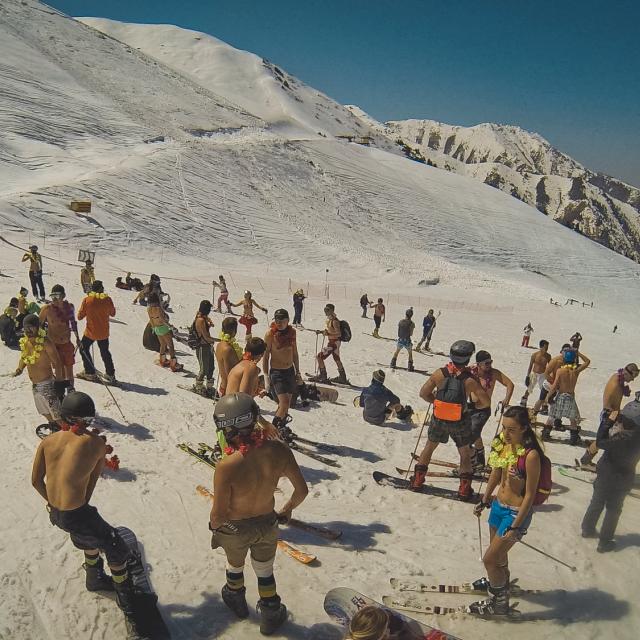The ancient Silk Road was a trail and melting pot for different cultures, religion and trade centuries ago. The Silk Road at first served for the export of Chinese silk to Europe. Later it was followed by myrrh and incense, jasmine water and amber, cardamom and nutmeg, ginseng and python bile, carpets and linens, dyes and mineral raw materials, diamonds and jasper, amber and corals, ivory and "fish tusks", ingots of silver and gold, furs and coins, bows and arrows, swords and spears and many others. Many do not know that Kazakhstan played an important role in the Silk Road. The main route of the Great Silk Road ran through the south of the country, from the Chinese border, trade caravans moved through the cities of Sayram, Yassy, Otyrar, Taraz further to Central Asia, Persia, the Caucasus and from there to Europe. Cities as old as several thousand years in the South of Kazakhstan that once were major points of the Silk Road are still existing today.

1500 years old city Turkestan, a major point of The Great Silk Road. © Volkov
Is it all left in the past and Silk Road is just part of history? Not really! Eurasian Land Bridge sometimes called the New Silk Road is the concept of a new Pan-Eurasian (and in the long term - intercontinental) transport system promoted by China, in cooperation with Kazakhstan, Russia, and other countries, to move cargo and passengers overland from China to Europe. China is promoting the "New Silk Road" project not just as a revival of the ancient Silk Road, a transport route between East and West, but as a large-scale transformation of the entire trade and economic model of Eurasia, and primarily of Central Asia. Trains on this longest freight rail line in the world from China to Germany will go 15 days, which is 2 times faster than the sea route through the Suez Canal.
Come and relive the ancient Silk Road with a modern twist today.



